Seed spreaders are designed to make the process of spreading seed or fertilizer quick, easy, and precise.
What is a seed spreader, and how does it work?
In order to disseminate seeds, fertilizer, or other granular substances across the soil in an even fashion, seed spreaders are specialized implements. Ensuring the uniform distribution of seeds or fertilizer promotes consistent coverage and growth, which is crucial for establishing a prospering and healthy lawn or field. The hopper and distributing mechanism are the fundamental constituents of a seed spreader. The material to be distributed, such as fertilizer or grass seed, is contained within the hopper like a container. Size can vary based on the required capacity and is typically constructed from weather-resistant and durable materials to withstand outdoor conditions.
On the other hand, drop spreaders employ a sequence of apertures positioned at the lower section of the hopper. Material is discharged directly onto the ground beneath the apertures of the spreader when it is pressed or tugged, resulting in a precise and controlled dispersion. With the ability to cover lawns, fields, and gardens efficiently and effectively, seed spreaders are indispensable instruments for attaining optimal results in the distribution of seed or fertilizer. There are numerous options available, whether one needs a grass seeder, lawn spreader, or a 3-point fertilizer spreader. Ideal for professional landscapers, farmers, or anyone else in need of dependable seed-distributing equipment, these spreaders are constructed to be effective, long-lasting, and user-friendly.
Which seed spreader is good for different needs?
The extent of the area to be covered and the type of material to be distributed are both crucial factors to consider when selecting a seed spreader. ATV seed spreaders or transportable grass seed spreaders might be the appropriate options for smaller areas or residential applications. Offering precise coverage, these portable and compact spreaders are also simple to operate. A fertilizer spreader for a tractor or a 3-point fertilizer spreader may be more suitable for covering broader areas or for commercial use. Expanded in capacity and capable of covering a greater area, these spreaders enable efficient application across expansive lawns or fields.
How to use a seed spreader?
To use a seed spreader, one should first fill the hopper with the desired amount of seed or fertilizer. Next, adjust the spread rate and pattern according to the specific needs. If using a drop fertilizer spreader, push the spreader across the lawn or garden in straight lines. If using a broadcast spreader, walk in a straight line while pushing the spreader, then turn around and walk back in the opposite direction to ensure even coverage. Handheld spreaders should be held at waist height and moved back and forth to cover the desired area. Tow-behind spreaders should be attached to a tractor or ATV and pulled behind it while in use.












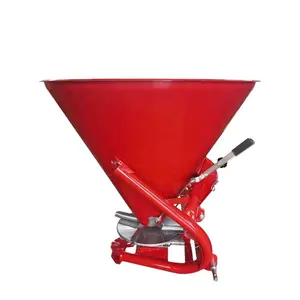




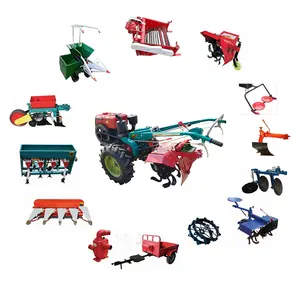




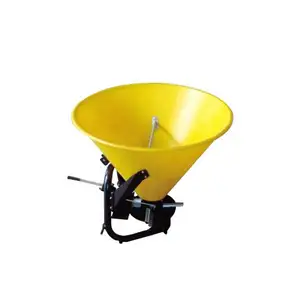






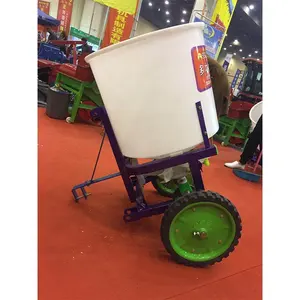





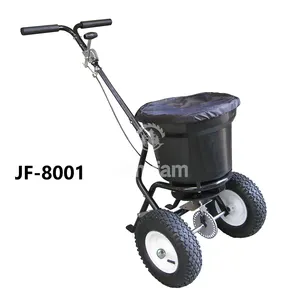




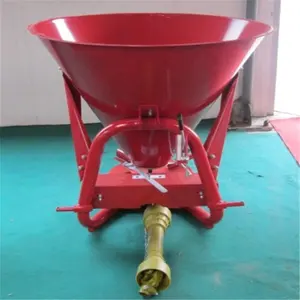



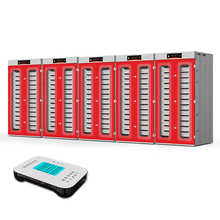
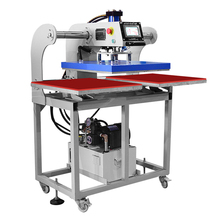
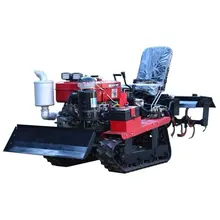

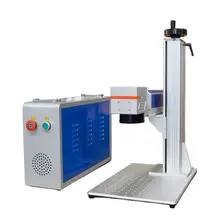

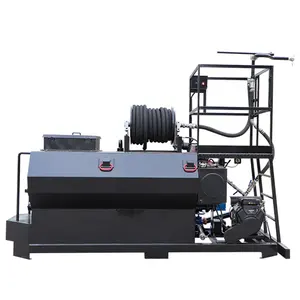

























 浙公网安备 33010002000092号
浙公网安备 33010002000092号 浙B2-20120091-4
浙B2-20120091-4